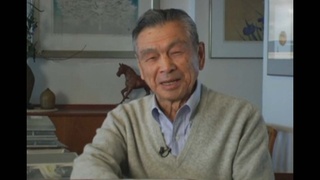Interviews
Innovation in heart surgery
I enjoyed being in that area [heart surgery] where I could exercise that. In fact, I got some national recognition because what I did at one point was to bypass almost any vessel with disease in it. Now, we have this angioplasty – this balloon angioplasty – which is a much, much simpler procedure where they can pop the narrowed portion open. But before this came about, we had no way of controlling the process medically. No diet, no medication. So I would…the narrowing that was significant, was 70 percent or more, which interferes with blood flow. But there were many other vessels when I operated on, that had 30, 40, 50, 60 percent and I decided why not bypass all of them when we bypass for some significant? But certainly I had to do this without incurring any added risk in mobility or mortality. So this was the first thing that had to be proven. And when I analyzed about 4,000 of my cases, this was so. In fact, my mortality rate was better than the national average. The national average was about 2.0 and my mortality rate was .9 when my average bypass was about five per patient and the national average was about two per patient. So at that time, I thought I made a contribution to coronary bypass surgery.
Date: May 30, 2006
Location: Hawai‘i, US
Interviewer: Akemi Kikumura Yano
Contributed by: Watase Media Arts Center, Japanese American National Museum




